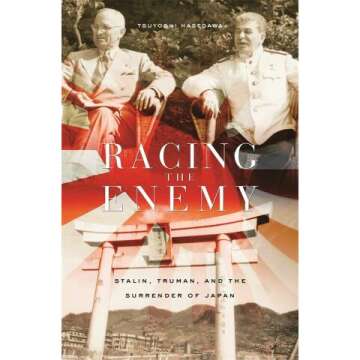The Historic Lend-Lease Agreement
In 1942, amid the turmoil of World War II, a significant pact was forged between the United States and the Soviet Union known as the Lend-Lease Agreement. This agreement marked a pivotal moment as it allowed the U.S. to provide crucial military and economic assistance to its allies, particularly the USSR, which was facing the brunt of the Nazi blitzkrieg. At a time when the future of Europe hung in the balance, the Lend-Lease program was vital in bolstering the Soviet war effort against Germany, establishing the U.S. as a key player in the Allied powers.
The formal signing of the Lend-Lease Agreement on October 30, 1942, symbolized more than just a military alliance; it reflected a redefined strategy of cooperation between the two nations, which were otherwise ideologically opposed. Under this agreement, the United States supplied the Soviet Union with food, military equipment, and other essential resources without immediate payment, with the promise that these resources would be returned or compensated for post-war.
The Impact of the Lend-Lease Agreement on the USSR
The impact of the Lend-Lease Agreement was profound for the Soviet Union. As they faced immense losses during the early years of the war, American supplies, including tanks, airplanes, and trucks, helped to rejuvenate their military capabilities. For instance, the introduction of the Studebaker truck facilitated the movement of troops and supplies to crucial fronts, enhancing the effectiveness of Soviet operations.
US Military Aid: A Lifeline for Soviet Forces
By the end of the war, the U.S. had delivered vast amounts of aid to the Soviet forces, including over $11 billion worth of supplies. This military assistance proved essential during severe battles, such as the Siege of Stalingrad, where American weapons and supplies played a key role in Soviet successes against German forces.
Bypassing Ideological Divisions
Despite their opposing political ideologies, the U.S. and USSR found common ground through the Lend-Lease Agreement. This unlikely partnership showcased the necessity of alliances in times of global crisis. It was a pragmatic approach that prioritized defeating a common enemy over ideological differences.
The Role of President Franklin D. Roosevelt
President Franklin D. Roosevelt was instrumental in establishing the Lend-Lease Agreement. His vision of an allied front against fascism propelled the U.S. to action, as he understood the importance of supporting the USSR for the collective safety and stability of the free world. Relying on his diplomatic finesse, Roosevelt skillfully navigated the complicated relationship between the two nations.
Joseph Stalin's Response to American Support
For Soviet Premier Joseph Stalin, the Lend-Lease Agreement was a critical lifeline that not only provided resources but also solidified the partnership with the United States. It enabled the USSR to regroup and launch counter-offensives against German forces, culminating in pivotal Soviet victories that changed the war's trajectory.
Fun Fact
Soviet Soldiers' Memorable Gifts
During the war, Soviet soldiers often sent back gifts made from American materials to express their gratitude. Some even crafted beautiful artworks from American food cans, symbolizing their appreciation for the support they received through the Lend-Lease program.
Additional Resources
Recommended Reading on the Lend-Lease Agreement
For those seeking to deepen their understanding of this pivotal agreement, consider reading "The Lend-Lease Act: A New Model for American Foreign Policy" and "Lend-Lease: The Easing of American Isolationism". These works offer comprehensive insights into the strategic significance of the Lend-Lease Agreement during WWII.































































































































































































































































































































































































































































































































































































 Continue with Google
Continue with Google